Welcome to the Active Learning Classroom resource hub
Please explore the videos, techniques and resources on this page for information on how to make the best use of the Active Learning classrooms across the institution.
Look out for these Active Learning posters around our campuses and encourage colleagues to scan the QR code to be taken to this page.
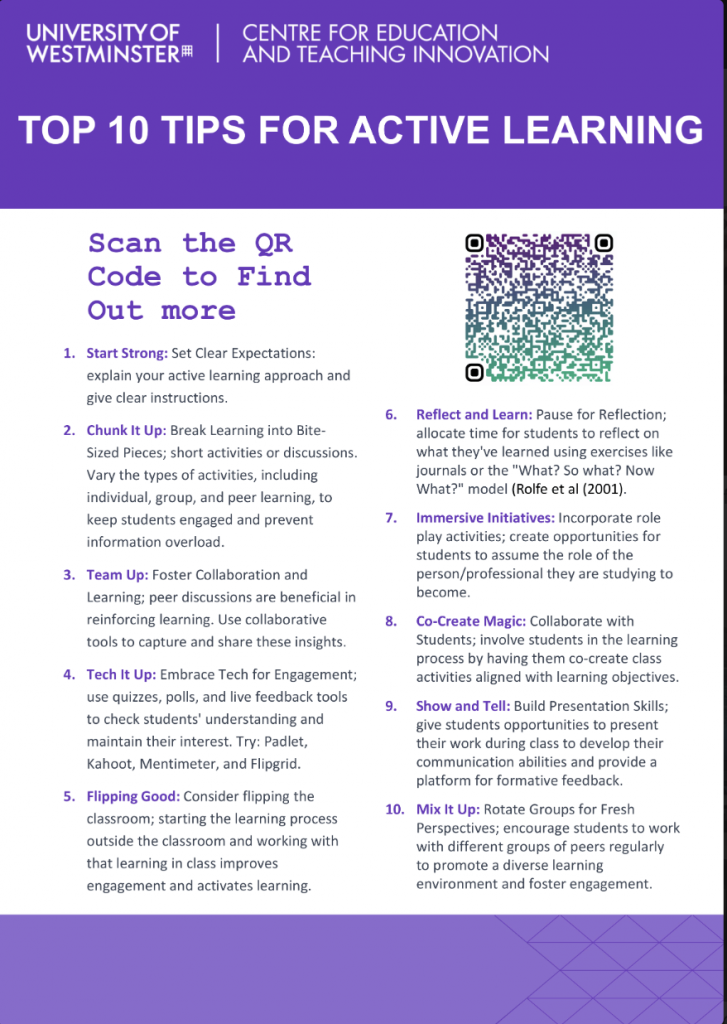
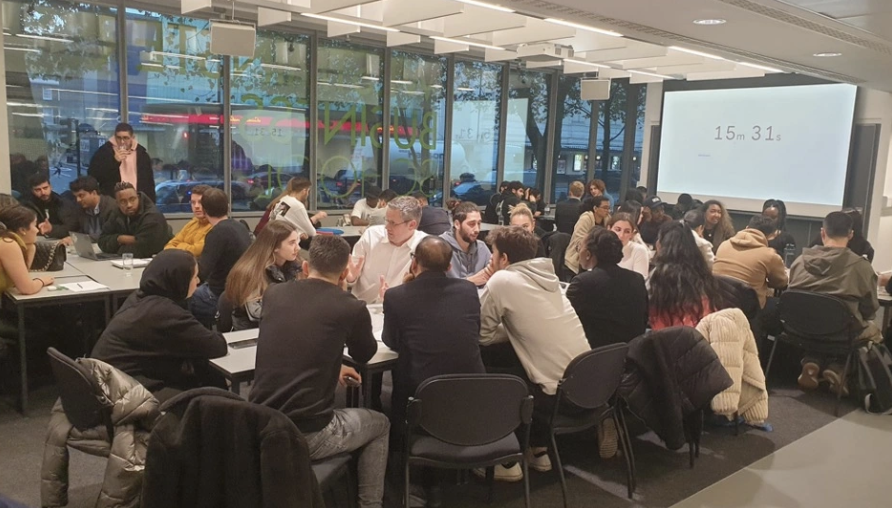
World Café in MG14 at the Marylebone campus
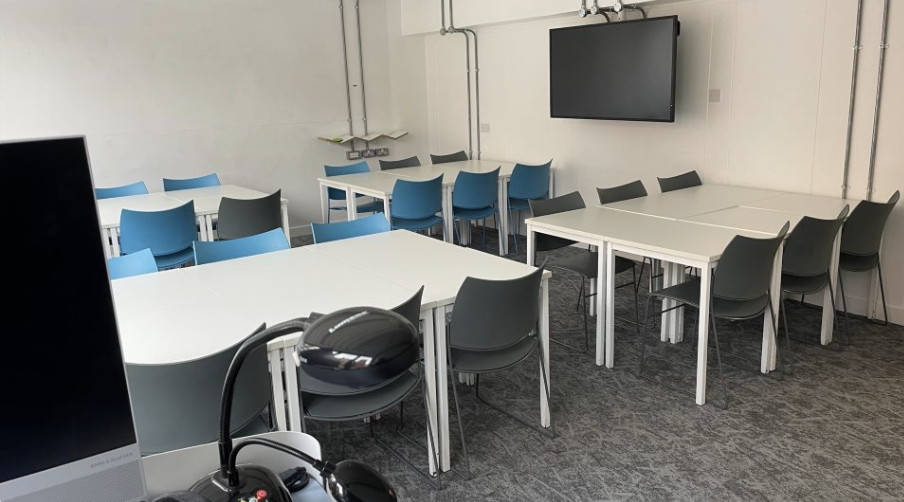
Active Learning classroom at Marylebone
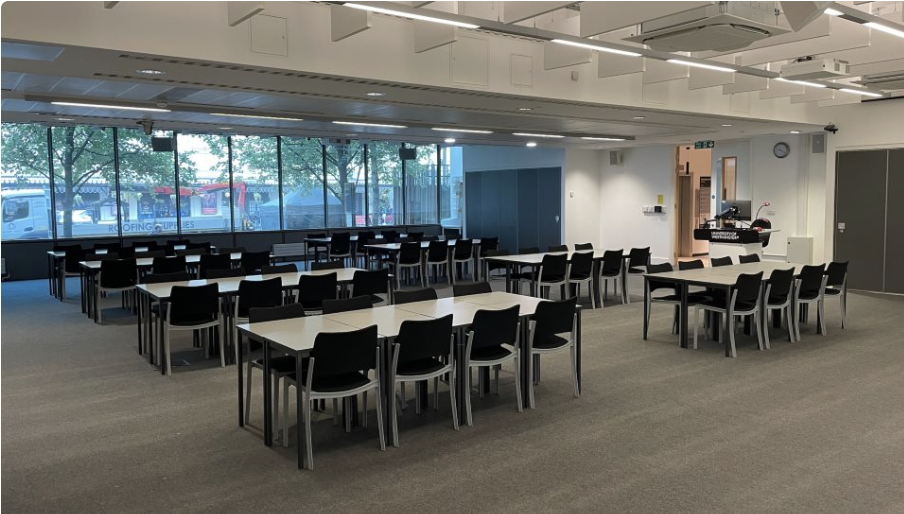
MG14 at the Marylebone campus
We welcome your feedback
Submit your feedback about the Active Learning classrooms and resources using our feedback form.
Submit your own Active Learning activities
If you would like to share an Active Learning activity, please send it to CETI@westminster.ac.uk, including any images or attachments.
Examples of Active Learning classrooms across our campuses
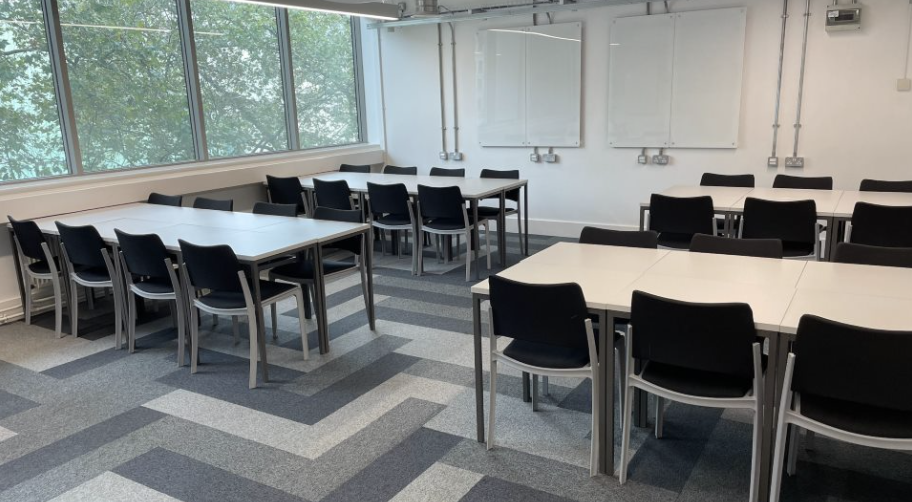
Active Learning classroom at Marylebone
Get One, Give One – Students fold a piece of paper in half and write “Give One” on one side and “Get One” on the other side. On the “Give One” side, ask them to write four insights from today’s material. Have them stand up and find a partner. Each student shares one idea from their “Give One” side of the paper and writes down one idea on the “Get One” side of the paper. Find a new partner until your “Get One” side of paper is full of new ideas!
Lecture Reaction – Divide the class into four groups after a lecture: questioners (must ask two questions related to the material), example givers (provide applications), divergent thinkers (must disagree with some points of the lecture), and ‘agreers’ (explain which points they agreed with or found helpful). After discussion, brief the whole class.
Question and Answer Cards – Make index cards for every student in the class; half with questions about class content; half with the right answers. Shuffle the cards and have students find their appropriate partner by comparing questions and answers on their own cards.
Speed Sharing – Students write definitions, concepts, quiz questions, etc. on index cards and form two concentric circles, facing each other. For thirty seconds (or 60), they share their knowledge with the person opposite them. Then, the outer circle “rotates” so that everyone has a new partner, and the sharing is repeated. This can be done until each student has completed the circuit.
Things You Know – Give an envelope to every student. Inside are cut-up strips of paper with the topics/principles they should know about already. They divide into two piles: things they know well, and things they need help with. Then they debrief with nearby students on things any of them need help with.
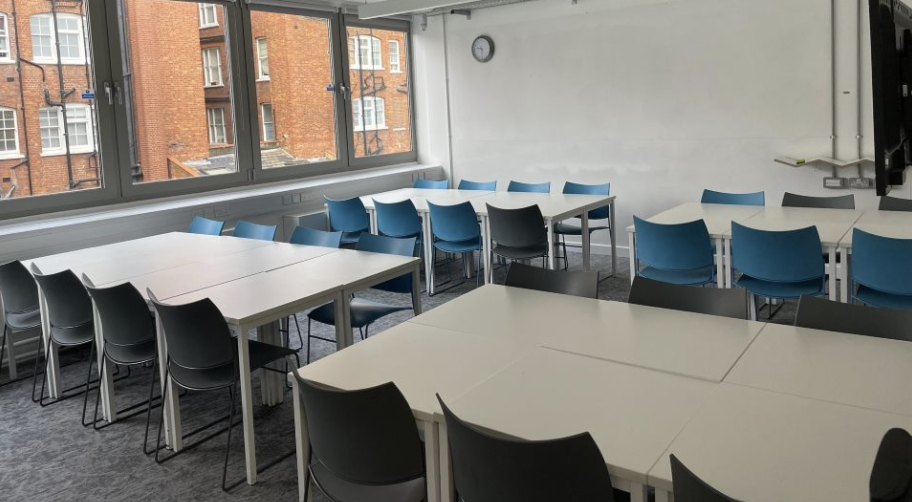
Active Learning classroom at Marylebone
Jigsaw (Group Experts) – Give each group a different topic. Re-mix groups with one planted “expert” on each topic, who now has to teach his new group, usually done by having each group count up to five (or whatever) and then grouping together all 5’s in one corner, etc. Each student debriefs the wisdom of the previous group to his/her new group.
Carousel Brainstorming – Everyone in the group writes out a problem statement, then passes the paper to the student on the left. This student records one possible answer or idea. At the signal, all papers shift to the left again, until the entire circle has seen each paper and they return to their original owners.
Assembling Strips – Give each group an envelope with cut-out strips that assemble into a timeline, a plan of action, etc. Option: include “too many” so groups have to be selective.
Empty Table – Hand each group a blank table with headers in place for rows and columns, but interior cells are blank until the group fills them in (example: column headers could be different authors such as Shakespeare, Goethe, etc, and row headers could be genres such as poems, novels, essays, etc)
Interactive Lit Review – Give a different snippet of reading to each group in the room and a specific task (such as “map ideas onto this larger set of principles you see on the screen”); capture bullets onto the board, then follow with a Gallery Walk to lead to more debrief.
Kevin Lee – University of Florida
How Active Learning relates to our University’s Education Strategy
For information on how Active Learning relates to our University’s Education Strategy, and to access our glossary entry on Active Learning, please click here.